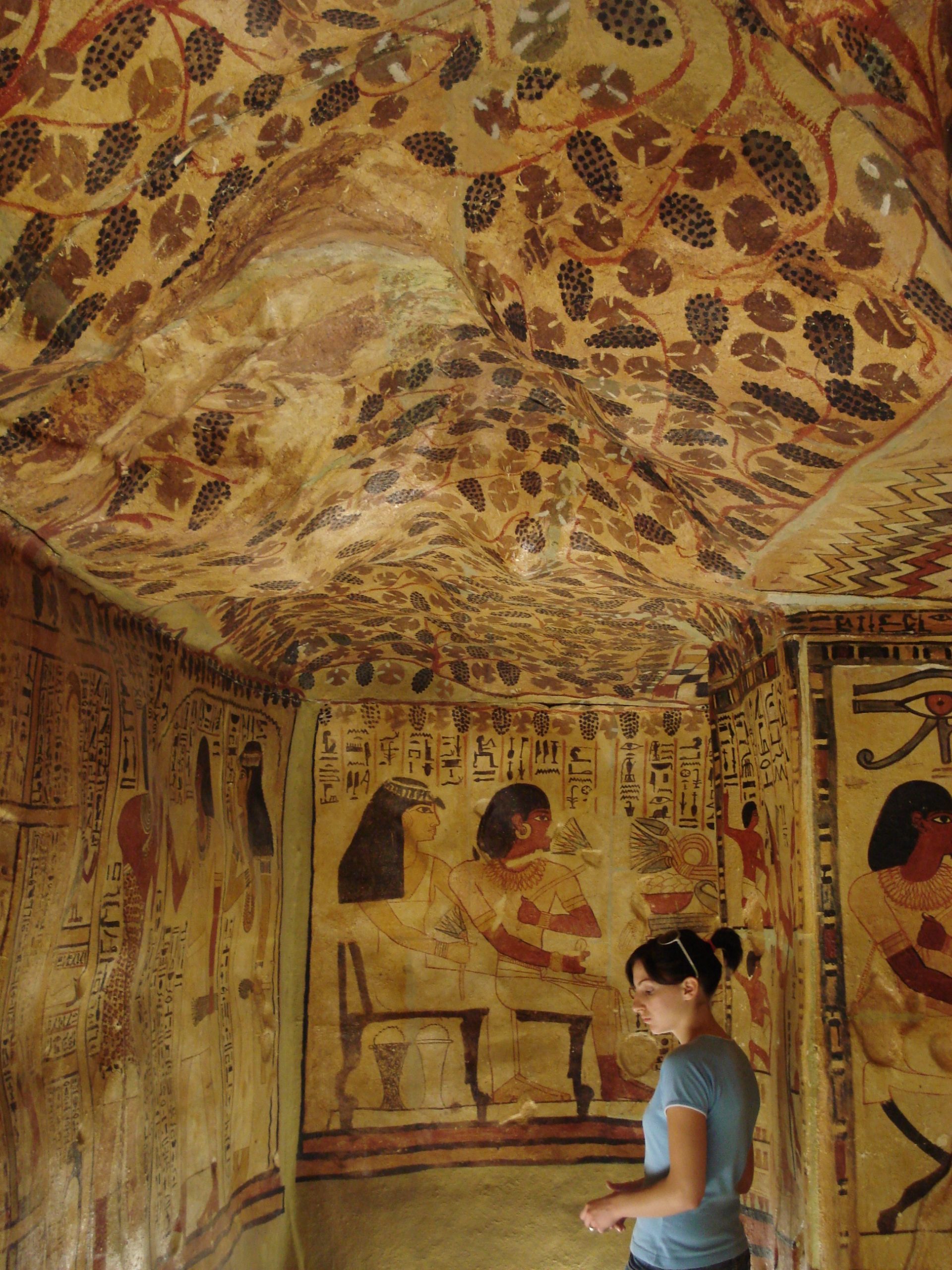The funerary complex of Sennefer, known as TT96, offers a fascinating window into the life and afterlife beliefs of the ancient Egyptian elite during the 18th Dynasty, specifically around the reign of Amenhotep II (approximately 1439 – 1413 BC). Sennefer, who held the prestigious title of Mayor of Thebes, was a prominent figure in the southern city, and his tomb, located on the south face of the hill of Sheikh abd el-Gournah, is a testament to his status and the artistic achievements of the period.
The Ancient Egyptians
Ancient Egyptian Historical Sites and Ruins
Egyptian Mythology
Ancient Egyptian Artifacts
| Ankh Cross |
| Dream Stele |
Historical Figures
| Ramses II |
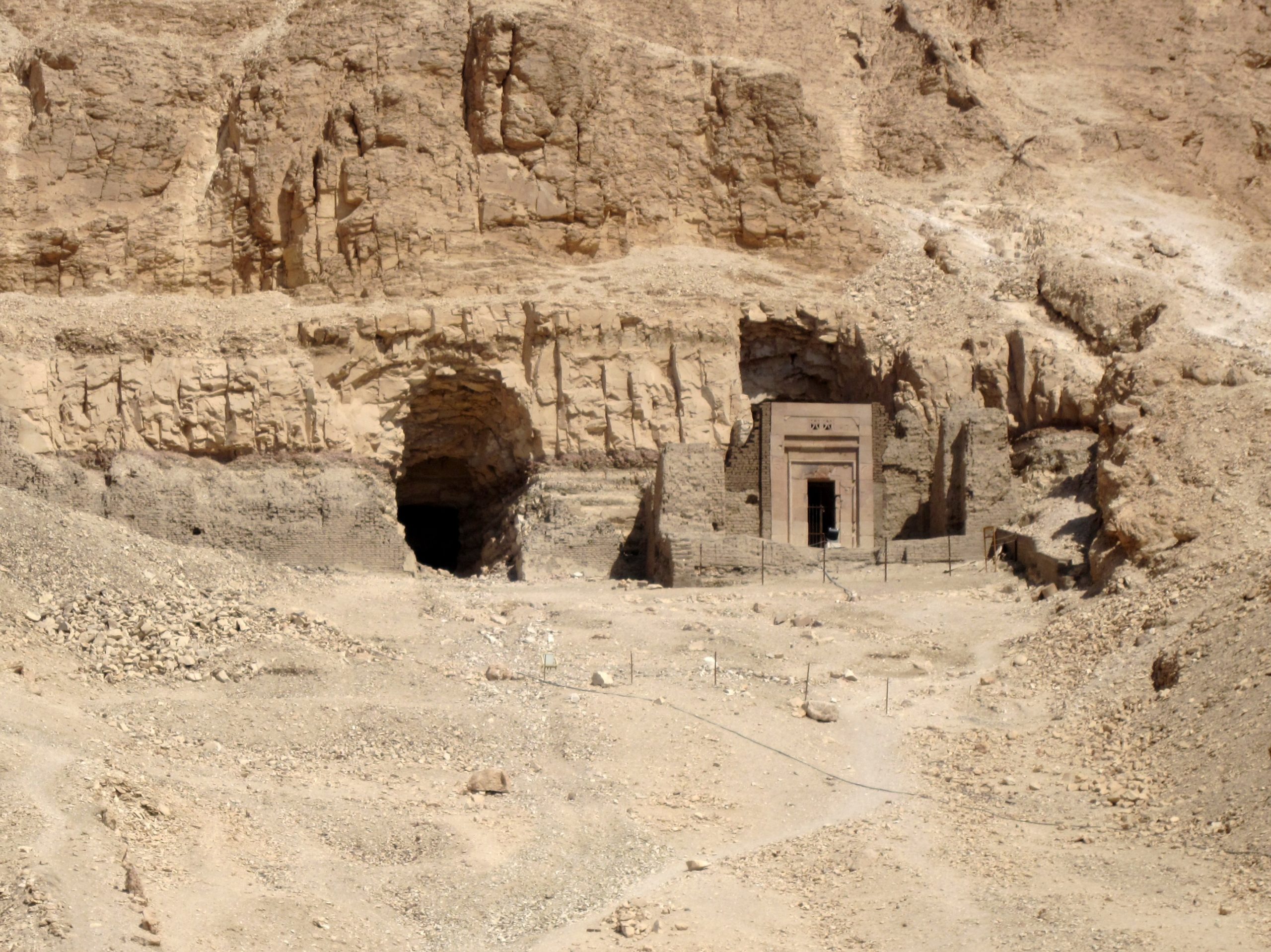
Tomb of Senenmut
The Tomb of Senenmut, located in Luxor, Egypt, is an ancient architectural marvel. It belongs to Senenmut, an influential figure during the reign of Queen Hatshepsut in the 18th Dynasty. This tomb is unique for its intricate astronomical ceiling and the mystery surrounding Senenmut’s life and death. It stands as a testament to the architectural prowess and the complex religious beliefs of ancient Egyptians.
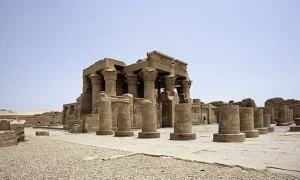
Kom Ombo Temple
The Kom Ombo Temple stands as an architectural marvel on the banks of the Nile River. This double temple, unique in its dual dedication, honors two sets of gods. The southern half venerates the crocodile god Sobek, while the northern half is dedicated to the falcon god Haroeris, also known as Horus the Elder. With its construction dating back to the Ptolemaic dynasty, the temple offers a glimpse into the religious and cultural practices of ancient Egypt. Its walls are adorned with intricate carvings and hieroglyphs that tell tales of mythology and daily life, while also providing insights into medical knowledge and practices of the time.
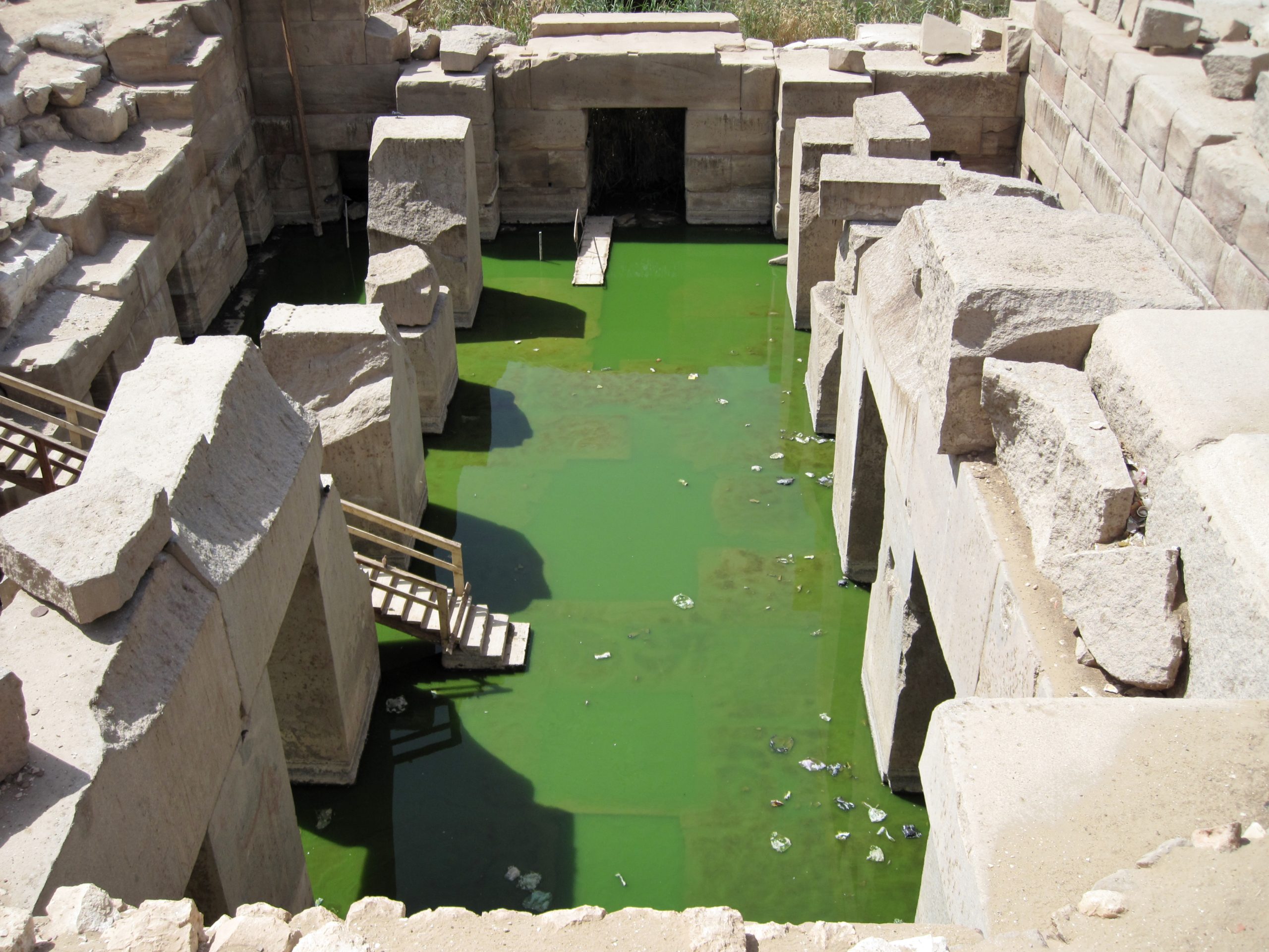
The Osirion
The Osirion, also known as the Osireion, is an ancient Egyptian temple complex located in Abydos. It is one of the most mysterious and debated structures from ancient Egypt. The Osirion is thought to be dedicated to Osiris, the god of the afterlife, and is believed to have been constructed during the reign of Pharaoh Seti I. This subterranean structure is unique due to its architectural style, which differs significantly from other Egyptian temples of the same period. Its purpose and the exact time of its construction remain subjects of debate among scholars.
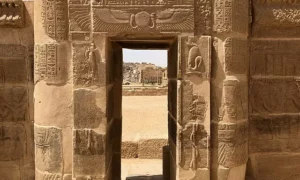
Temple of Hathor (Philae)
The Temple of Hathor, situated on the eastern side of the Temple of Isis within the Philae Temple Complex, represents a significant architectural and religious site. This temple, primarily associated with Ptolemy VI Philometor and Ptolemy VIII Euergetes II, also saw contributions from Augustus and mentions Ptolemy XII in inscriptions. The temple was dedicated to Hathor, embodying the Sun’s Eye, and its origins are deeply rooted in the worship practices that extended back to the earliest Egyptian dynasties. The temple, once enclosed by a mud-brick wall, stands as a testament to the enduring reverence for Hathor, especially highlighting her mythical return from Nubia.
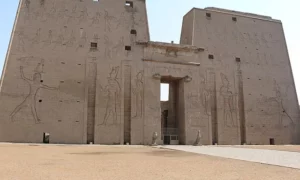
Temple of Edfu
The Temple of Edfu, an ancient Egyptian temple located on the west bank of the Nile in Edfu, Upper Egypt, stands as a remarkable testament to religious beliefs and architectural prowess. Dedicated to the falcon god Horus, it is one of the best-preserved cult temples in Egypt. Its construction began in 237 BC during the reign of Ptolemy III Euergetes and was completed in 57 BC. This majestic structure not only served as a place of worship but also played a significant role in the political and spiritual life of ancient Egypt.

